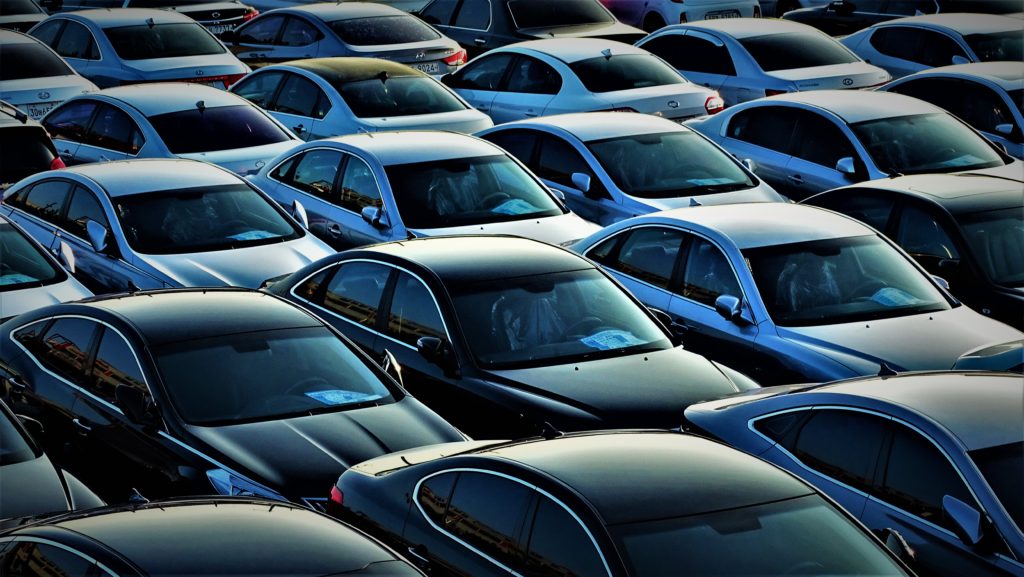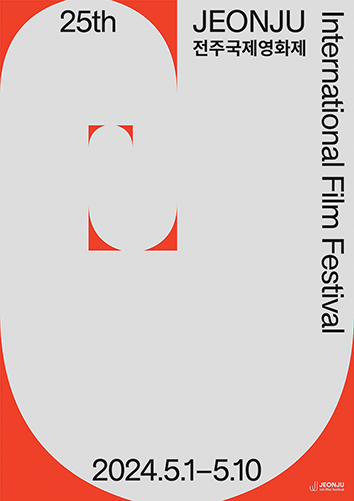Buying a Used Car in Gwangju
Written and photographed by Isaiah Winters
Last month’s edition of Expat Living gave readers a detailed account of how to get a driver’s license here in Korea. Fittingly, in this month’s edition, I’ll draw from my two personal accounts of what it’s like to buy a used car (중고차) in Gwangju. The aim of this article isn’t to provide a definitive how-to, as there are many ways to buy a used car here. Instead, the goal is to give readers general information and recount some of the quirks of my two experiences. Make of them what you will.
A good place to start shopping for a used car is online. To get a general idea of what’s out there, SK Encar (SK엔카; m.encar.com) is a Korean language website with offers from all around the country. When you find something you like, you can narrow your search to cars in Gwangju. Of course, if the best options are outside the City of Light, you’re free to travel to the four corners of the country to take a closer look. I have an acquaintance who traveled all the way to Daegu to test drive two disappointments. To avoid this fate, Moldeoncar (몰던카; mdcar.kr) is a website you can use to search through the bevy of used cars already here in Gwangju.
You’ll inevitably be asked by your used car salesman what options you’re interested in, so be sure to read up on the options your car of choice may include. Typical options include a smart key, automatic folding side mirrors, heated/cooled seats, a navigation system, and a black box, to name a few. Simpler options can be added onsite the same day you buy your car, which is convenient. And as this is Korea, by the time you finish the paperwork, the car will probably be ready. Always try to keep in mind whether or not the options on offer justify the higher sticker price. If, for example, you’re simply too refined to have to insert a key into the ignition and turn it like a plebeian, then the smart key option will be worth every extra won.
When you think you know what car and options you want, it’s good to get in contact with someone who has access to a few so you can actually sit inside them. On both occasions, I visited used car salesmen referred to me by trusted coworkers and friends. Both salesmen worked in offices at Pungam Car Dealership (풍암 자동차 매매 단지), a massive used car lot in Gwangju’s Maewol-dong (매월동), where just about every vehicle make and model can be found across Korea’s five-color spectrum: black, charcoal, grey, white, and edgy beige. (As a former boss once told me, Koreans prefer these colors because any other “strange” color is likely to hurt the car’s resale value.)
If you don’t have a prearranged meeting with a trusted salesman, then chances are that when you walk up and down the seemingly endless rows of cars at Pungam Car Dealership, a used car salesman or two will begin stalking you. (In case you’re wondering, yes, used car salesmen in Korea have the same reputation as used car salesmen in your country, so caveat emptor.) Like lions after gazelles, the better-fed ones keep their distance while the hungrier ones come straight at you and unlock the doors to whatever car you’re eyeing. In this respect, shopping for a car in Korea is a lot like shopping for shoes in Korea: you’ll be followed and waited on a lot, which can be obnoxious or helpful, depending on your personality. If you appreciate the salesman’s help, then take your time and ask lots of questions. Don’t feel rushed or rude for asking your salesman to show you around, that way you get exactly what you want (or deserve). Selling cars comes with lots of down time, so your local lemon dealer probably has nothing better to do anyway.
Seeing, feeling, and smelling the cars in person is a much more revealing experience than shopping online. In the run-up to my second purchase, I quickly soured on the car I’d originally researched online after just a few moments sitting in it. The flimsy indicator stalks, the rattling gearshift, the cheap center console and gauge cluster that looked like they came out of a 90s-era minivan – it was all so disappointing. My salesman also schooled me on the higher insurance fee I’d have to pay, as it was a coupe, which got me thinking of alternatives. The two alternatives recommended by my salesman looked just as soulless inside. They made me consider that if the car designers half-assed the interior, then there’s a good chance they half-assed the engine as well.

After you’ve test driven the car of your choice and negotiated a reasonable price (you’ll want a native Korean speaker with you for that), you’ll be ushered into the office to do the paperwork. This part can be lightning fast if everything is in order. If you’re a foreigner, bring your alien registration card and have an online banking app ready on your phone for making money transfers. Also, be sure to have a car insurance company lined up (more on this later).
Chief among the charges will be the price of the car (차량 가격). Be aware that at the last minute your salesman may propose lowering this price on paper so that you can pay a lower registration fee and he can skim the rest off the top. I’m not sure what the legal ramifications for this type of creative accounting are, so buyer beware. Second, you’ll have to pay a commission fee to the dealer (매도 수수료). My last dealer charged a little over 200,000 won for this. Third, you’ll have to pay a registration fee (등록비), which will be something like 10 percent of the car’s price on paper. If you don’t have enough money up front to pay cash for all these things, then you’ll have to see about getting on a payment plan with your dealer’s help. I have no experience with this and can only wonder what the interest would cost. You’ll definitely want a native Korean speaker with you should you go this route.
Car insurance in a must in Korea. Without it, you probably won’t be able to drive off the lot. On both occasions, I used insurance companies recommended by people I trust. Immediately after my first purchase, the insurance company I contacted sent out an agent to my location with papers to sign. This is the “indirect” option for dealing with a car insurance company, and it may cost you extra. Following my second purchase, I contacted a different insurance provider more conveniently over the phone using the cheaper “direct” option. That time, I had to listen to a longwinded spiel by the agent and say “yes” in Korean whenever my native Korean-speaking confederate poked me in the ribs. Either way, you’ll pay a yearly lump sum for car insurance up front followed by monthly charges throughout the year. Most insurers give you the option to pay the initial lump sum in installments in case you’re short on cash, and you can cancel their coverage after one year.
That’s about it for my experiences buying used cars in Gwangju. Other drivers you know may have managed to get used cars differently, so be sure to ask them how they did it. If you do end up buying a used car here like I did, you’ll find the experience pretty straightforward. As for the driving experience in Korea, that’s an entirely different story.
The Author
Originally from Southern California, Isaiah Winters first came to Gwangju in 2010. He recently returned to South Korea after completing his MA in Eastern Europe and is currently the chief proofreader for the Gwangju News. He enjoys writing, political science, and urban exploring.








